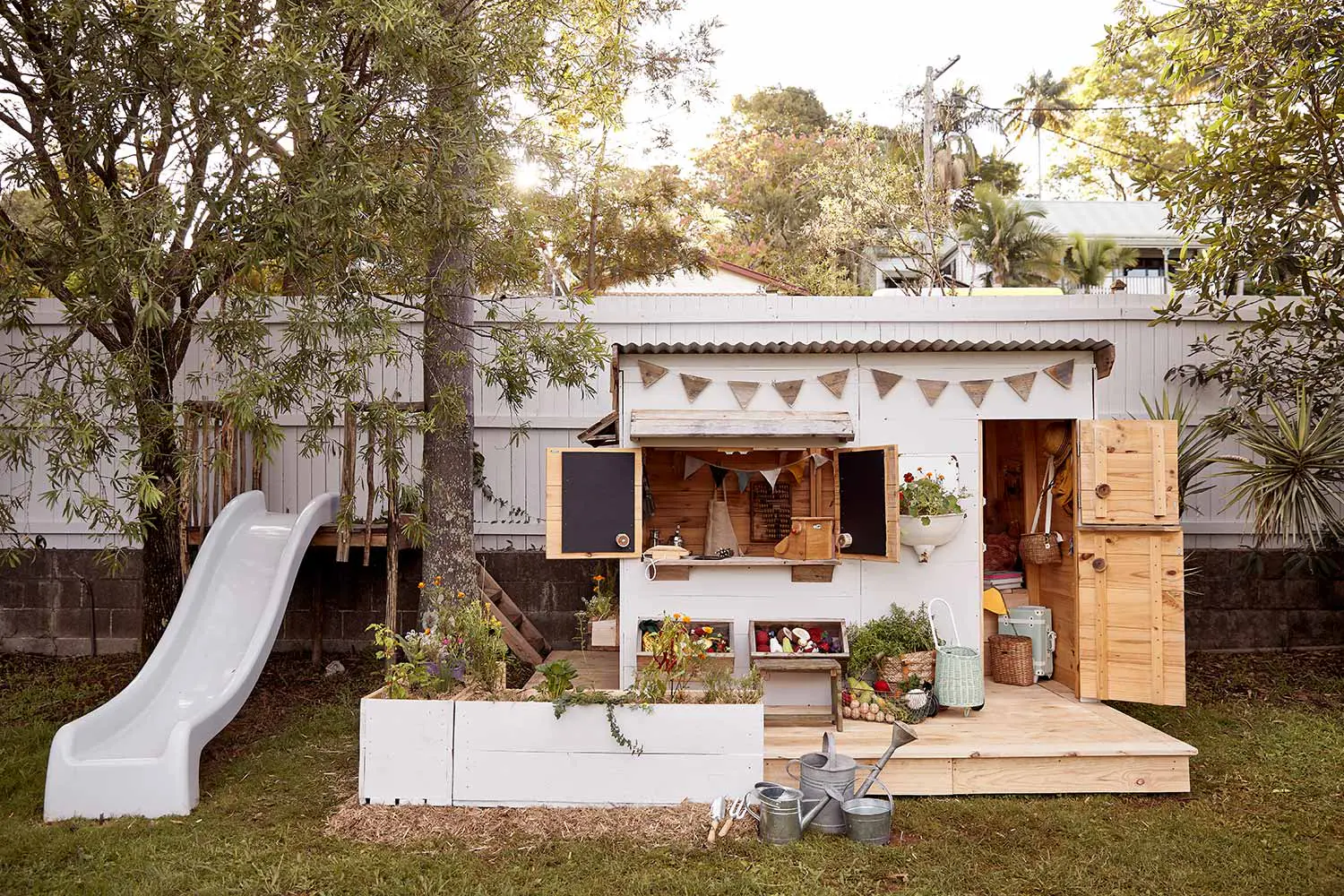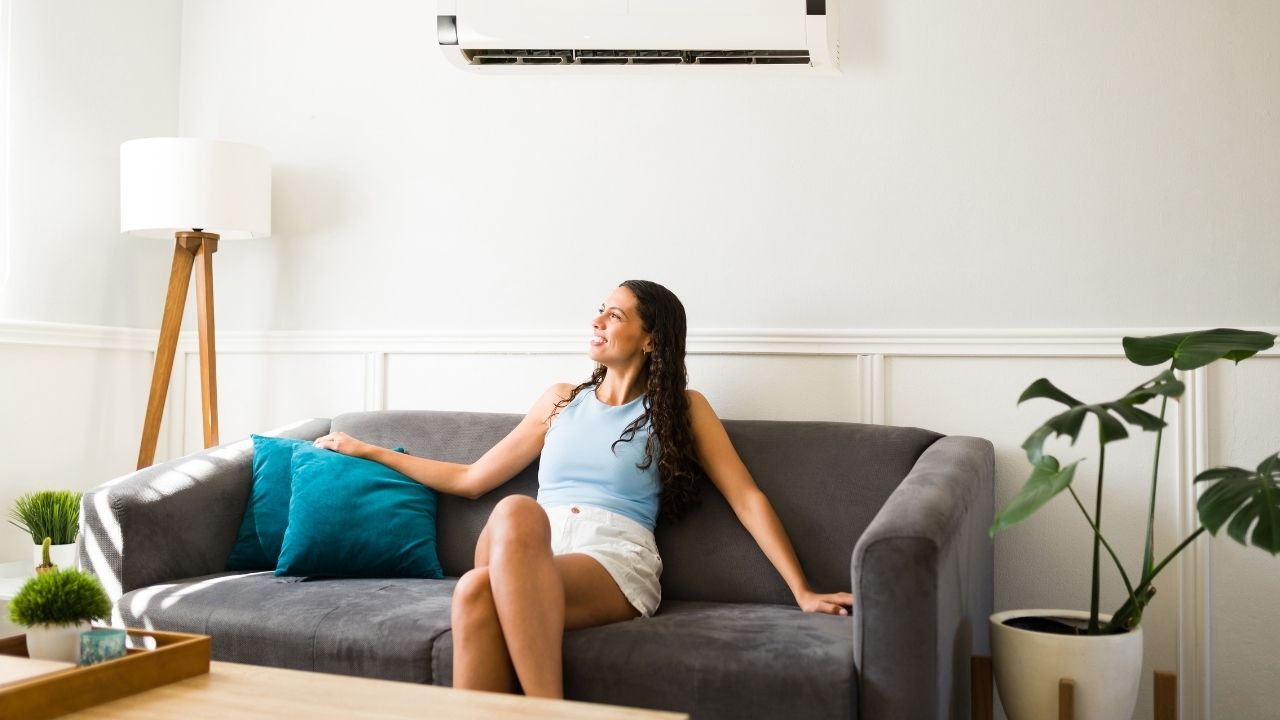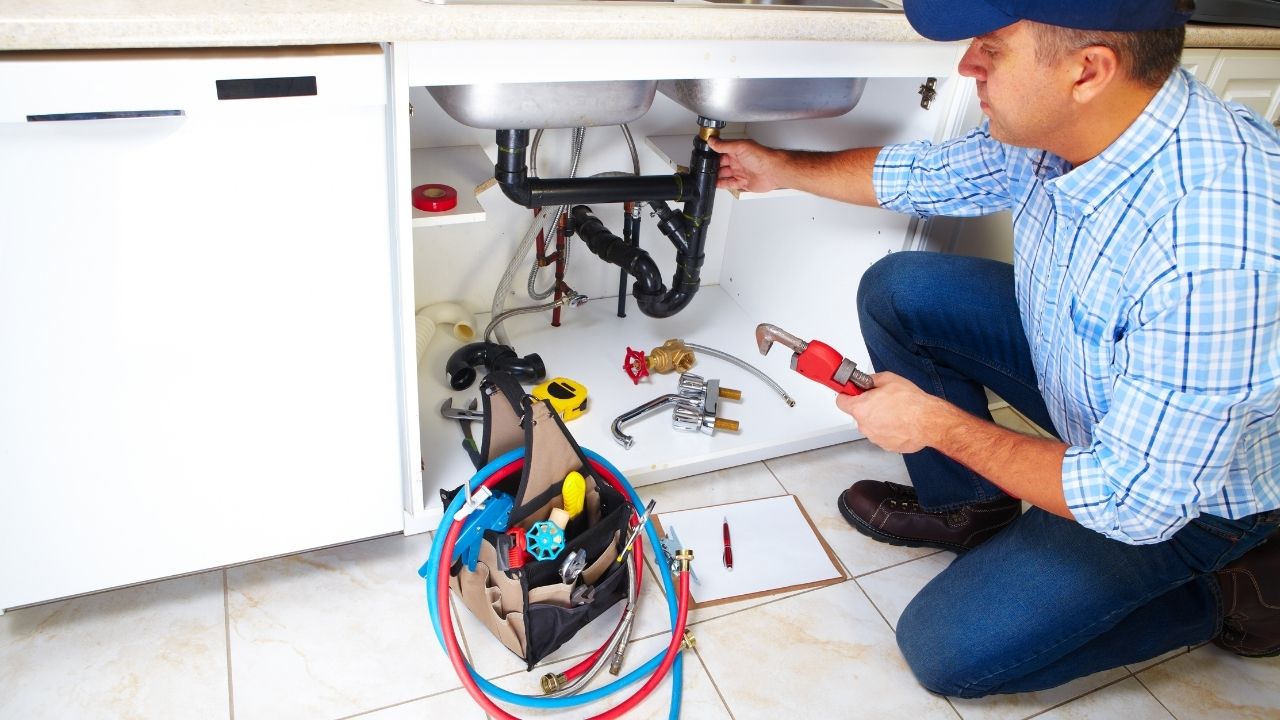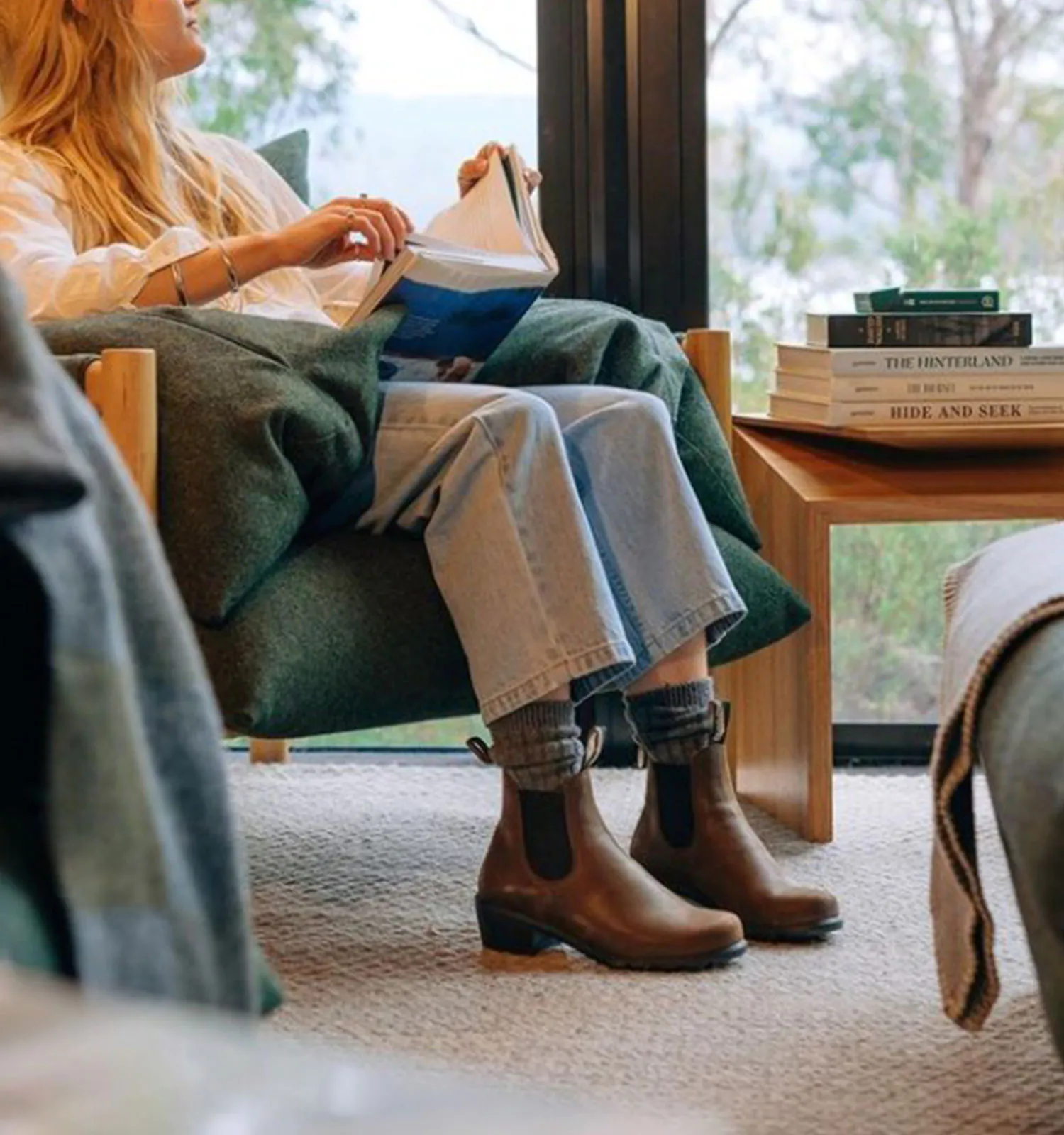
Backyard play is an essential component of childhood, offering kids a haven for imagination, physical activity, and learning. In Australia, one timeless tradition that embodies the essence of outdoor play is the cubby house. These quaint structures have captivated the hearts of children across the nation, forming the centrepiece of many Australian backyards. In this article, we’ll delve into the enduring appeal of cubby houses in Australia and their significance in the realm of outdoor play.
Contents
The Historical Roots of Cubby Houses
Cubby houses are deeply ingrained in Australian culture, with their origins tracing back to the early settler era when children would build small huts and hideaways using natural materials. Over time, these improvised shelters evolved into the more structured and lovingly crafted playhouses seen in today’s backyards. Far more than a mere plaything, cubby houses reflect Australia’s penchant for outdoor living and a child’s intrinsic desire for a space to call their own.
The Design and Appeal of Cubby Houses
Modern cubby houses come in all shapes and sizes, from traditional wooden cottages to more contemporary designs. They can be customised with a plethora of features such as slides, climbing walls, verandas, and even furniture. This customisation allows for a unique play experience that can be tailored to each child’s interests and preferences. The designs are not just pleasing to the eye but also built with safety and durability in mind, ensuring that children can play without any concerns for their well-being.
Encouraging Active and Imaginative Play
The allure of cubby houses lies not just in their physical structure but in their ability to facilitate creative and active play. These miniature homes become the settings for numerous adventures, from imaginary tea parties to daring exploits. They stimulate children’s imaginations, encouraging them to weave intricate stories and scenarios around their cubby. Consequently, children develop cognitive and social skills, learning to negotiate roles and rules as they interact with their peers.
Benefits of Outdoor Play and Learning
Beyond the realms of imagination, cubby houses serve as excellent tools for experiential learning. By playing house, children gain insights into daily life responsibilities, building a foundation for practical life skills. They also stand as a reminder of the importance of outdoor play, which is critical for a child’s physical health, offering an enjoyable means of exercise and fresh air.
Customising a Personal Oasis
The modern Australian family sees the value in personalising their children’s play experiences. A cubby house can be painted in vibrant colours, furnished to match a child’s favourite theme, and even landscaped to harmonise with the family garden. These touches not only make the cubby house aesthetically pleasing but also create a sense of ownership and pride for the child.
Where Quality Meets Play
When selecting a cubby house, it’s crucial to focus on quality and craftsmanship. Australian families are keen to invest in structures that are safe, sturdy, and able to withstand the sometimes harsh Australian climate. Quality materials and construction ensure that a cubby house is not only a fun space but a lasting addition to the backyard landscape.
Digital Detox and The Great Outdoors
In an era where screens often dominate leisure time, cubby houses offer a much-needed digital detox for children. They are a fantastic way for kids to unplug from technology and engage with the natural environment. The sensory experience of playing outdoors – feeling the breeze, hearing the birds, and touching the earth, contributes significantly to child development.
Sustainability in Backyard Play
Environmentally conscious parents are also considering sustainability when selecting a cubby house. Many manufacturers now offer eco-friendly options, using sustainably sourced timber and non-toxic paints. These sustainable choices reflect a growing awareness of our environmental impact and a commitment to preserving natural resources for future generations.
Building Family Bonds
Backyard play, particularly with a cubby house as the centrepiece, has the power to bring families together. Parents and children can collaborate on projects to enhance the cubby, creating lasting memories in the process. It’s a shared space that can host family activities, from casual picnics to birthday parties.
The Social Impact of Cubby Houses
Cubby houses also play a social role, acting as neighbourhood hubs where children can gather and forge friendships. They help foster a sense of community among local children, providing a safe and inviting venue for socialisation. The interpersonal skills learned during these formative play sessions can last a lifetime.
Education Through Play
Many educators and child development experts acknowledge the educational value embedded in play. Cubby houses offer a platform for children to explore various roles and responsibilities, enhancing their comprehension of the world around them. They also help develop fine motor skills as children engage in activities such as drawing or decorating their space.
Conclusion: The Timeless Charm of Cubby Houses
As an integral part of the Australian backyard, cubby houses hold a special place in the nation’s heart. They provide a multifaceted environment for children to grow, learn, and simply enjoy being children. The cubby houses in Australia are more than wooden structures; they are vessels for childhood joy, creativity, and the making of fond memories that carry into adulthood.
In conclusion, the charm of cubby houses in Australia is undeniable. These enchanting structures continue to offer an ideal blend of play, learning, and outdoor adventure, nurturing well-rounded individuals one backyard at a time. As Australian families continue to appreciate and embrace the value of backyard play, the cubby house stands as a timeless testament to the simple joys of childhood.








